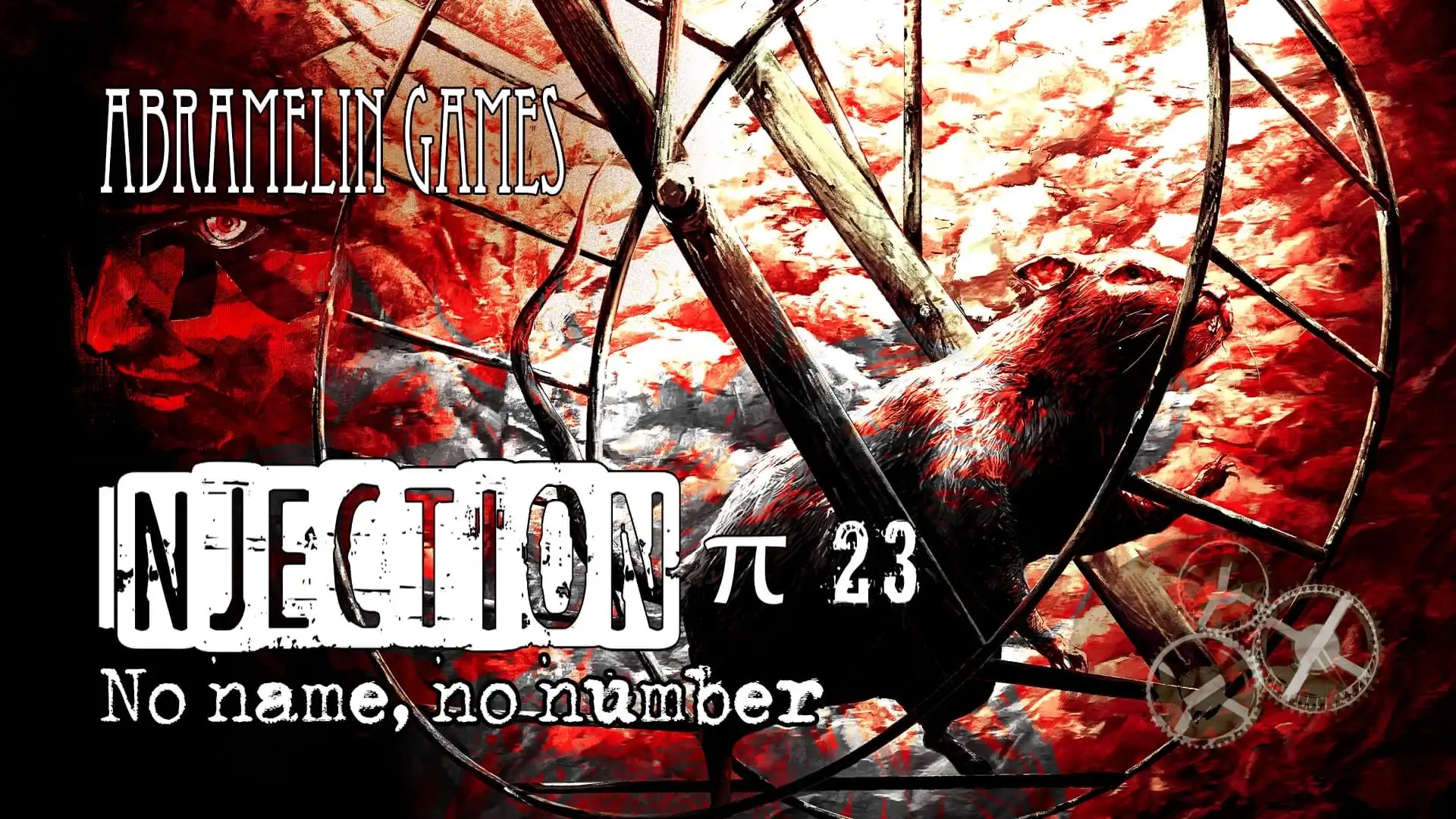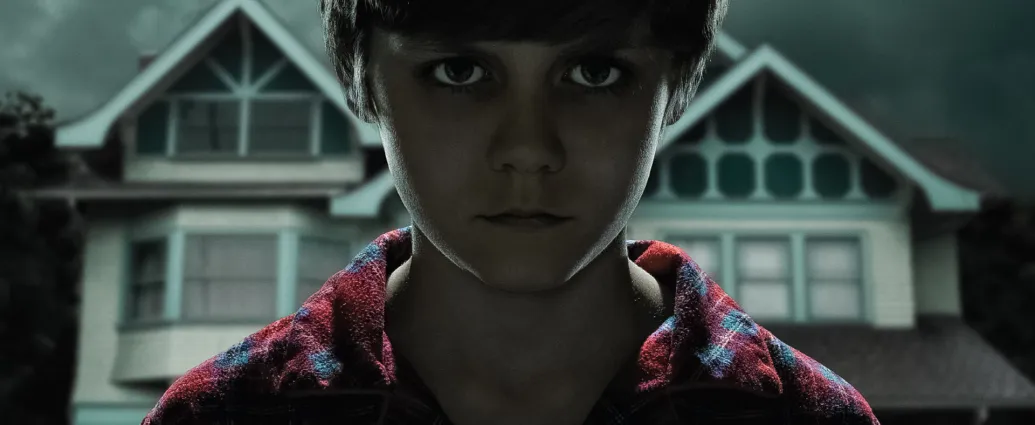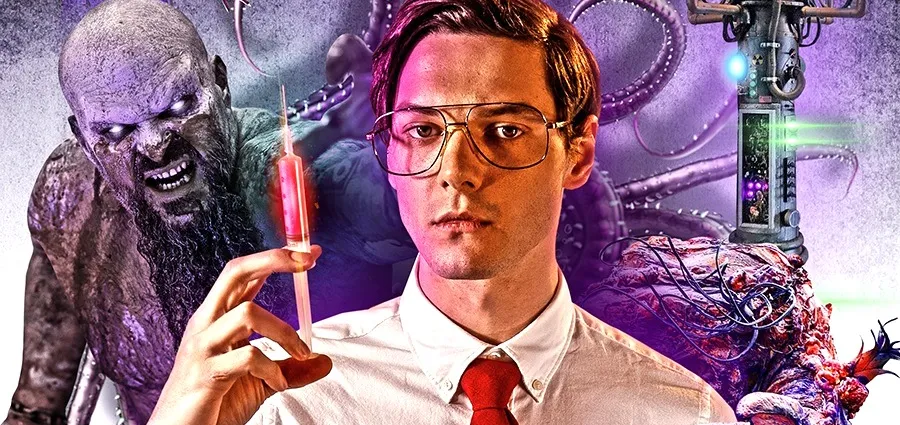In 2006, the Saw franchise was at its peak in-terms of popularity and mainstream appeal. Arguments raged on about whether it was “torture porn” or high class art (okay, maybe it wasn’t exactly those two extremes, but horror fans and moviegoers alike all had strong opinions about the series). In a screenplay written by Leigh Whannell and a story by Whannell and James Wan respectively, Darren Lynn Bousman returned to the director’s chair after a successful outing with its predecessor (in spite of the 3 out of 10 I left it with).
Following the events of Saw II, which, ahem, revealed Amanda Young‘s involvement in John Kramer‘s nefarious misdeeds, our sequel sees Tobin Bell and Shawnee Smith joined by Angus Macfadyen, Bahar Soomekh, Dina Meyer and Donnie (Donny Don) Wahlberg. The film received a mixed-to-negative response from critics, as is traditional for the Saw series, but grossed the highest amount of the franchise yet, attaining almost one-hundred and sixty-five million off a ten million dollar budget. Twisted Pictures‘ insistence on releasing the series as a yearly title had succeeded, building momentum when it could have just as easily over saturated the market.
The film offers a twisty but otherwise straightforward yarn (something you shouldn’t take for granted if you’re accompanying me on this horror marathon), centering around a man named Jeff and a woman named Lynn. Jeff’s son was killed by a drunker driver and as you would think, it has not brought the best out of him. His marriage is on the rocks and he and his daughter’s relationship is estranged. Jigsaw’s claim is that he will teach Jeff to let go of his thirst for vengeance and his emotional debilitation. Meanwhile, Lynn isn’t so different from Jeff. Lynn is a doctor with a very similar marriage to Jeff’s, she has kidnapped by Jigsaw for a very special reason.
If you can recall, our antagonist John Kramer has not exactly been a temple of health since this franchise began – plagued by brain cancer and a bad case of the wack-a-doo’s, it was only a matter of time before Death called John’s number out. That’s what Dr. Lynn is tasked with, keeping John alive until Jeff can finish his test.
The story for Saw III is ideal Saw fodder (Saw dust?), allowing the opportunity for a unique and detail-oriented story to ensue in-front of us. Although it has always been a mixed-bag in the end, it is with this third film I believe everything in this series peaks. I haven’t yet re-reviewed the proceeding films in the series, but Saw III has repeatedly been the one I call back to.
The editing, which verges usually on the wrong-end of excessive, feels at its best. I have actually endeared myself to the whip cams and the flash frames of the series and consider them a neat, distinct cinematic approach for the series, but I will never be sold on the way the film wraps everything up in the closing moments.
It is an imperfect, rough-around-the-edges marriage, but that’s a lot of the series’ charm. I will say that the film offers the occasional segue or transition between segments that feels slick and impressive, especially considering the fast turnaround the film had. I also appreciated the way the film didn’t hold your hand for every iota of detail, offering eagle-eyed viewers a chance to observe certain things that will be called back to in Saw IV.
The acting has also improved from its predecessors, Shawnee and Tobin were among the better aspects of the predecessors (especially Tobin), and they’re retained, whereas actors Angus Macfadyen and Bahar Soomekh (her, especially) are solid with their roles, portraying themselves as they should. Jeff is distraught as every challenge brings him one step closer to the man who killed his son whereas Lynn is anxious and offers an interesting dynamic for John Kramer to bounce off of.
The John Kramer oftentimes feels like a “God,” who has conducted a master plan and is watching it unwind. Sometimes the traps do not always seem fair (especially in this film, where they are practically unwinnable, … but, for a reason) and everything isn’t always plausible, but there is fun to be had if you are willing to buy into what they are selling you. Keeping an eye on Kramer can be enjoyable. Making certain he doesn’t swallow unseen objects or whether he is doing something merely for the sake of someone watching from just outside the room. Even at his deathbed, the character’s sinister behavior can be a lot of fun.
The film is plagued by certain contrivances, but I found that this film was the one in-particular I was willing to overlook for some reason or another, maybe because it is the film that finally did the most of what I wanted out of the series and its antagonist. The runtime is lengthy, coming up as just shy of one hour and fifty minutes, and I think you could fairly argue it could have and should have been trimmed down. I appreciate the irony of a surgeon getting into the mind of John Kramer, but I am not certain we needed to fit a surgery into our film’s runtime if I am honest.
I liked this film. This isn’t high-art nor is it torture-porn. It was a fun and twisty crime-horror film that sees the character back to his old tricks with a new dynamic. It doesn’t reinvent the wheel with its traps, although there are some fun ones, nor does the music and cinematography offer a lot beyond what we’ve seen, but I would argue that it has all never aligned better than it has in this film.





